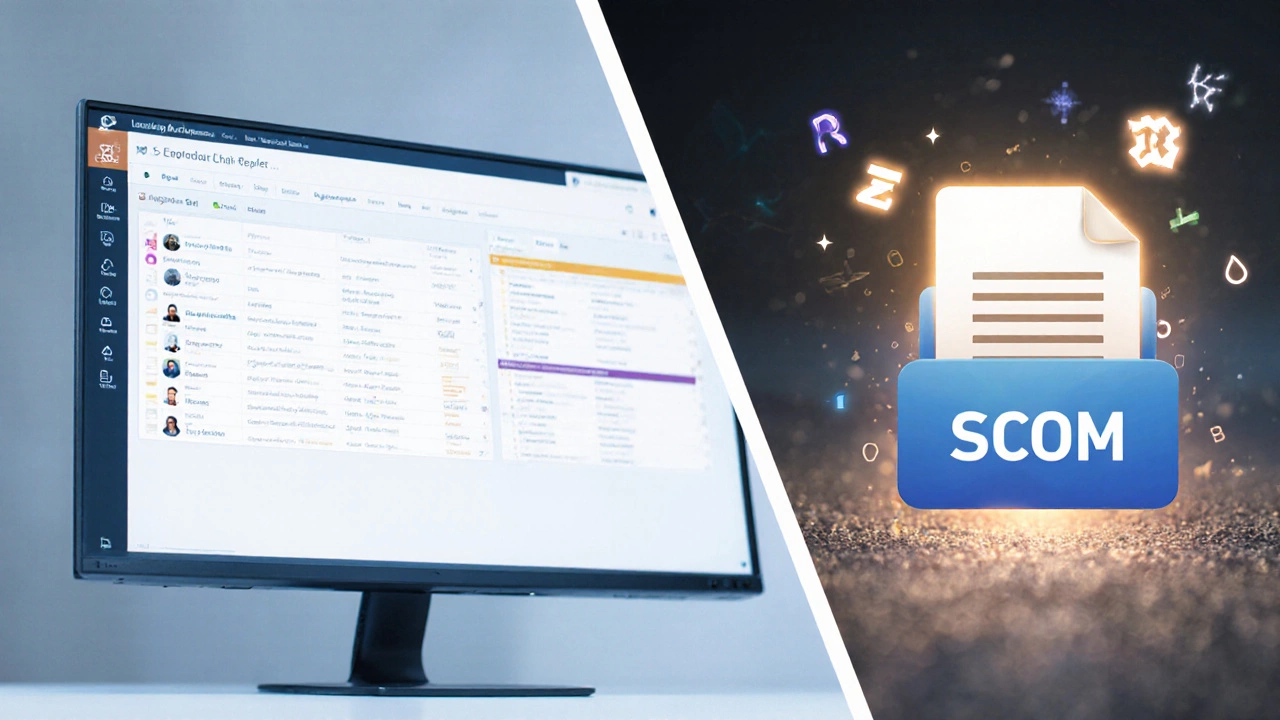
LMS vs SCORM: Key Differences Explained
Learn the clear difference between LMS platforms and SCORM standards, why both matter, and how to choose the right combo for your e‑learning needs.
If you’re trying to run courses online, an LMS (Learning Management System) is the backbone that makes everything run smoothly. It stores content, tracks progress, and lets teachers and trainers communicate with learners—all in one place. This article breaks down why you need one, what to look for, and how to choose the right fit without getting lost in tech jargon.
First off, an LMS saves time. Instead of emailing PDFs and chasing attendance sheets, you upload a video once and the system handles downloads, quizzes, and certificates automatically. It also gives you data: you can see which lessons students skip, where they struggle, and who finishes on time. That insight lets you tweak the material fast, which is priceless for schools, corporates, or anyone offering training.
Second, an LMS levels the playing field. Whether you run a small tutoring center in Mumbai or a multinational corporate in Canada, the platform works the same for every learner. It supports mobile devices, so students can study on a phone during a commute. It also offers multiple languages and accessibility options, keeping your audience inclusive.
Start with your core needs. Do you need live classes, just self‑paced videos, or a mix? Platforms like Moodle excel at flexibility and are free‑open source, but they require more tech know‑how. Tools such as Canvas or TalentLMS are cloud‑based, easy to set up, and include built‑in video hosting.
Next, check integration. Your LMS should talk to the tools you already use—Google Workspace, Zoom, or your HR system. Automatic sync means you won’t waste hours copying lists or updating grades manually. Look for APIs or ready‑made plugins that plug into your existing workflow.
Budget is another big factor. Some LMSs charge per user per month; others have a flat fee. Remember to count hidden costs like custom branding, extra storage, or support plans. Many platforms offer a free tier—great for testing—but you’ll likely need a paid plan once you scale.
Finally, think about support and community. A strong user community can answer questions faster than official tickets. Platforms with active forums, video tutorials, and regular updates keep your system secure and up‑to‑date.
By now you should have a shortlist: Moodle for open‑source flexibility, Canvas for university‑grade features, TalentLMS for quick corporate roll‑outs, and Google Classroom for K‑12 simplicity. Compare them against your checklist, try the free demos, and pick the one that feels intuitive.
When you’re ready, dive into our detailed review of top eLearning platforms. It walks you through real‑world examples, pricing breakdowns, and feature comparisons, so you can make a confident decision without guessing.
Remember, the best LMS is the one that fits your teaching style, budget, and the way your learners like to study. Pick a system that grows with you, and you’ll spend less time fixing problems and more time delivering great content.

Learn the clear difference between LMS platforms and SCORM standards, why both matter, and how to choose the right combo for your e‑learning needs.

Google Classroom often gets called an LMS, but does it stack up to the full definition? Discover its features, pros, cons, and what sets it apart from other platforms.

Understand what 'LMS' truly stands for. Learn how learning management systems simplify education for students, teachers, and companies in 2025.